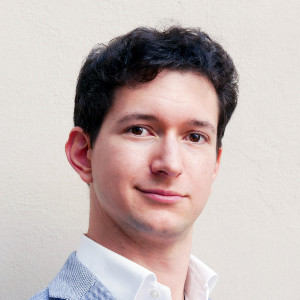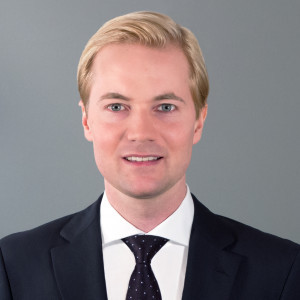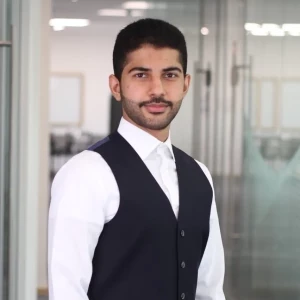Hello everyone
During structuring, should I prioritize setting the main buckets first then filling them, or coming up with the hypothesis then/key issues then aggregate them into buckets ?
I am aware that the first is much more ideal. But at several occasions, I find the latter more intuitive and gauging for the many thoughts that I tend to have in mind.
Your responses are much appreciated.














